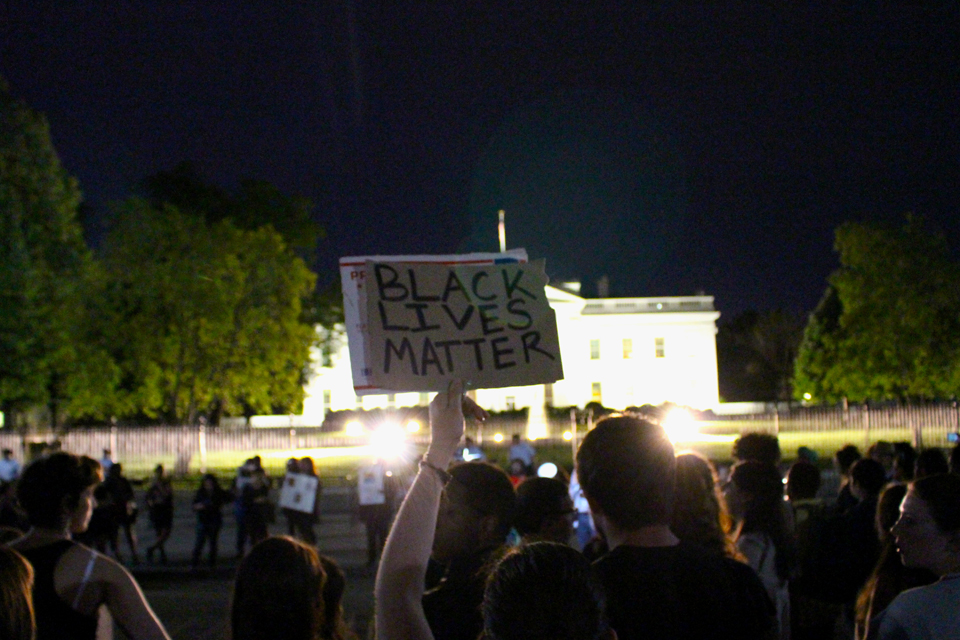Researchers have developed a new tool to catalog police and law enforcement interactions with black men, the Police and Law Enforcement (PLE) Scale, with the hope of documenting people’s experiences and perceptions of police-based discrimination.
The study found that police-based discrimination is associated with depression symptoms such as sadness, hopelessness and loss of interest and ambition. Because of this, the authors believe that police-based discrimination should be considered a public health threat.
“It’s of the utmost importance for those of us who do research and work on black men’s health to understand black men’s experiences from their vantage point and how factors in the social environment shape mental and physical health,” said Lisa Bowleg, professor of applied social psychology at the George Washington University and a co-author of the paper.
The study, “Measuring Black Men’s Police-Based Discrimination Experiences, Development and Validation of the Police and Law Enforcement (PLE) Scale,” is available online and published in the April print edition of Cultural Diversity and Ethnic Minority Psychology, a publication of the American Psychological Association.
The Police and Law Enforcement Scale, a series of eight questions about individuals’ experiences with law enforcement, can help to document discrimination by police. It can be applied to the black community at large to demonstrate the bias these citizens often feel.
The researchers deployed the questionnaire through computer assisted, phone-based interviews with 1,264 black men in Georgia. Those surveyed had a wide variety of socioeconomic, regional and legal backgrounds. The results show that more than half of black men surveyed reported that they experienced some sort of police bias in the last five years. Further, the majority of men who experienced police bias said it happened several times per year.
The researchers note that most scientific literature on the subject typically includes the police’s point of view of the experience and rarely that of the person who had the interaction with the police. The new Police and Law Enforcement Scale can help to balance out the record so that it includes the perspective of individuals who have interactions with police.





